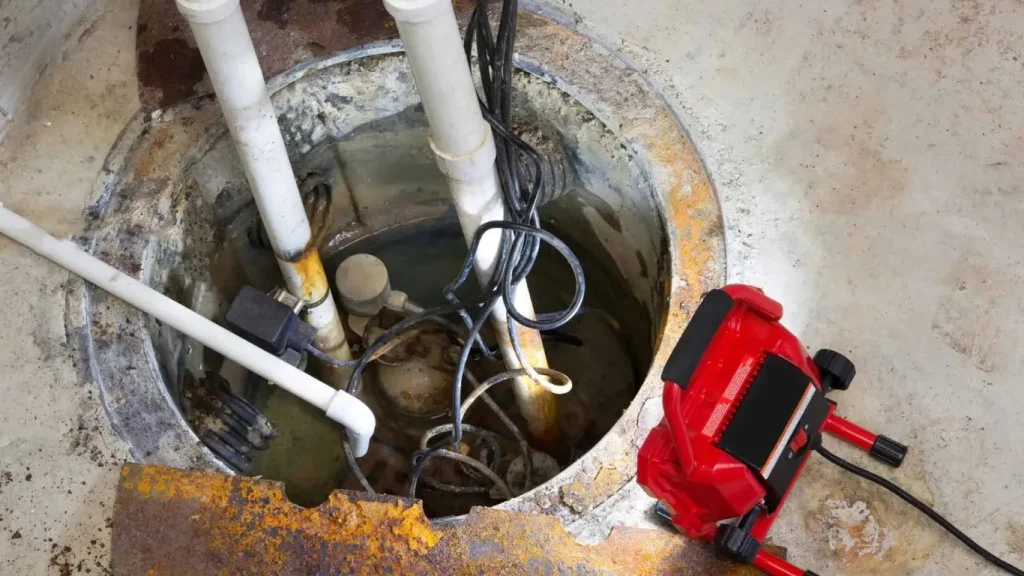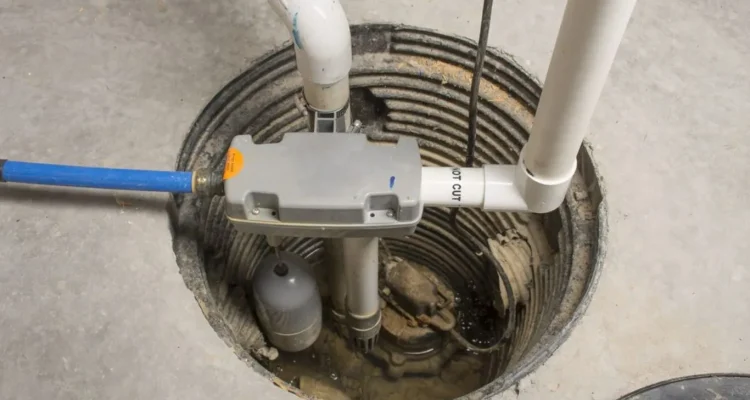Introduction
Sump pumps are essential for keeping our basements dry and preventing water damage. But what happens when your sump pump stops working? Knowing how to reset a sump pump can save you time and money. This guide will walk you through the process step-by-step, ensuring your sump pump is back in action in no time.

Understanding the Sump Pump System
Before diving into the reset process, it’s crucial to understand the sump pump system. A typical sump pump setup includes a pump, a sump pit, and a float switch. The pump sits in the sump pit, which collects water from around your home’s foundation. When the water level rises, the float switch activates the pump to remove the water.
Common Issues Requiring a Reset
Sump pumps can experience several issues that may require a reset:
- Power Outages: A power outage can disrupt the pump’s operation, necessitating a reset.
- Pump Overheating: Overheating can cause the pump to shut down automatically.
- Blockages and Clogs: Debris can clog the pump, leading to a malfunction.
- Float Switch Malfunctions: A faulty float switch can prevent the pump from turning on or off correctly.
Safety Precautions Before Resetting
Before resetting your sump pump, follow these safety precautions:
- Turning Off Power Supply: Ensure the power supply is off to avoid electrical shock.
- Wearing Protective Gear: Wear gloves and safety glasses to protect yourself from debris and contaminants.
- Ensuring a Dry Working Area: Make sure the area around the sump pump is dry to prevent slipping and electrical hazards.
Step-by-Step Guide to Resetting a Sump Pump
Disconnecting the Power Supply
Locating the Power Source
Find the power source for your sump pump, typically a nearby outlet or circuit breaker.
Unplugging the Sump Pump
Unplug the sump pump from the power source to ensure it’s completely disconnected.
Inspecting the Pump and Pit
Checking for Debris
Inspect the sump pit for any debris that might be causing a blockage.
Assessing the Float Switch
Check the float switch for any signs of damage or obstruction.
Cleaning the Sump Pit
Removing Water and Debris
Use a wet/dry vacuum to remove any water and debris from the sump pit.
Cleaning the Pit Walls
Scrub the walls of the sump pit to ensure they are free of dirt and grime.
Resetting the Float Switch
Identifying the Float Switch
Locate the float switch, which is typically attached to the side of the pump.
Adjusting the Float Switch
Adjust the float switch to ensure it moves freely and isn’t stuck.
Reconnecting the Power Supply
Plugging the Pump Back In
Reconnect the pump to the power source, ensuring all connections are secure.
Testing the Sump Pump
Pouring Water into the Sump Pit
Pour water into the sump pit to test the pump’s operation.
Observing Pump Operation
Watch the pump to ensure it activates and deactivates correctly.
Troubleshooting Persistent Issues
Inspecting Electrical Connections
Checking for Loose Wires
Inspect the electrical connections for any loose or damaged wires.
Using a Multimeter
Use a multimeter to check for electrical continuity and ensure proper connections.
Evaluating Pump Performance
Listening for Unusual Noises
Listen for any unusual noises that might indicate a problem with the pump.
Monitoring Pump Cycles
Observe the pump’s operation cycles to ensure it’s working efficiently.
Maintenance Tips for a Healthy Sump Pump
- Regular Cleaning Schedule: Clean the sump pit and pump regularly to prevent clogs.
- Monitoring Water Levels: Keep an eye on water levels to ensure the pump activates when needed.
- Professional Inspections: Schedule regular inspections by a professional to maintain optimal performance.
FAQs
- How often should I reset my sump pump?
- Reset your sump pump as needed, usually only after a power outage or if it stops working.
- What should I do if my sump pump keeps tripping the circuit breaker?
- Check for electrical issues, such as a short circuit or an overloaded circuit. If unsure, consult a professional.
- Can I reset my sump pump without turning off the power?
- No, always turn off the power before resetting to ensure safety.
- How can I prevent my sump pump from overheating?
- Ensure proper ventilation, avoid overloading, and perform regular maintenance to keep it running efficiently.
- Is it necessary to call a professional for sump pump issues?
- Yes, if you encounter persistent problems or are unsure about repairs, it’s best to consult a professional.
Conclusion
To reset a sump pump, turn off the power, inspect the pump and discharge line for obstructions, and ensure the float switch works properly. After resolving any issues, restore power and test the pump. Regular maintenance and resets can extend the pump’s lifespan and prevent flooding. For persistent issues, consult a professional.


Congratulation!